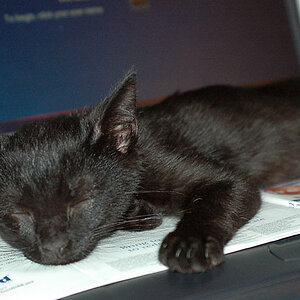laffles
TPF Noob!
- Joined
- Mar 21, 2011
- Messages
- 42
- Reaction score
- 1
- Location
- London
- Website
- www.theability.co.uk
- Can others edit my Photos
- Photos NOT OK to edit
Hi there, great site here 
I'm a digital illustrator/graphic designer and have been wanting a good DSLR for a while, so yesterday I took the plunge and bought the d7000 18-105 VR Kit as there was a weekend deal on a website with a load of free goodies, so it was slightly impulsive too (though I have read alot of reviews about it, even though I don't fully understand half of the stuff it does ) it should arrive tomorrow.
) it should arrive tomorrow.
I'm starting to think maybe it was sliiiigtly overkill, for what I need. I usually collaborate with photographers or use stock imagery for my work, I purchased the camera so I can do everything myself..
here are some examples of the kind of thing I do to give you an idea:


My questions:
What's the print quality like with top quality Jpeg settings?
Is the 18-105 lens fine to keep me going as a noob?
What are the downfalls with the kit lens, and what are some good points about it?
What would be a good lens to buy next, an all round lens, I will be doing fashion shots to environments, buildings, cars etc..
What are some things things a newbie should know about this camera..
Sorry for all the questions, I really appreciate it if you've read this far, would love some help, thanks.
Dan
I'm a digital illustrator/graphic designer and have been wanting a good DSLR for a while, so yesterday I took the plunge and bought the d7000 18-105 VR Kit as there was a weekend deal on a website with a load of free goodies, so it was slightly impulsive too (though I have read alot of reviews about it, even though I don't fully understand half of the stuff it does
I'm starting to think maybe it was sliiiigtly overkill, for what I need. I usually collaborate with photographers or use stock imagery for my work, I purchased the camera so I can do everything myself..
here are some examples of the kind of thing I do to give you an idea:


My questions:
What's the print quality like with top quality Jpeg settings?
Is the 18-105 lens fine to keep me going as a noob?
What are the downfalls with the kit lens, and what are some good points about it?
What would be a good lens to buy next, an all round lens, I will be doing fashion shots to environments, buildings, cars etc..
What are some things things a newbie should know about this camera..
Sorry for all the questions, I really appreciate it if you've read this far, would love some help, thanks.
Dan


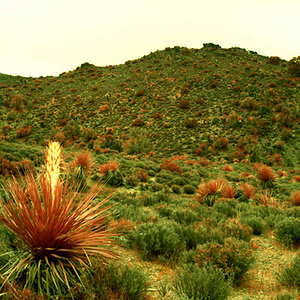
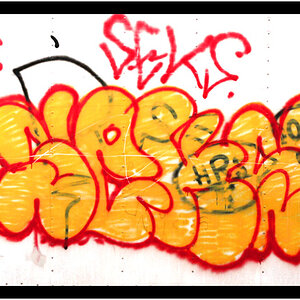

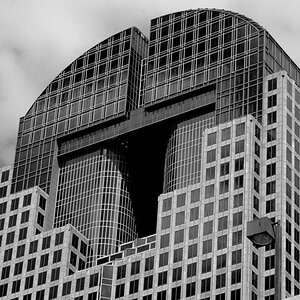
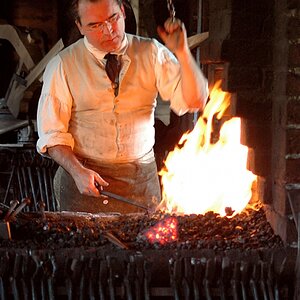
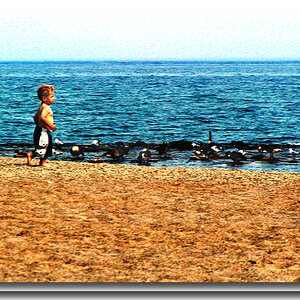
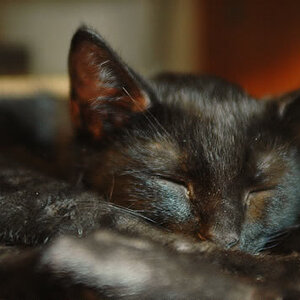
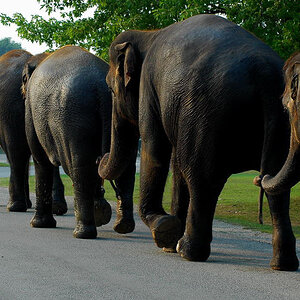
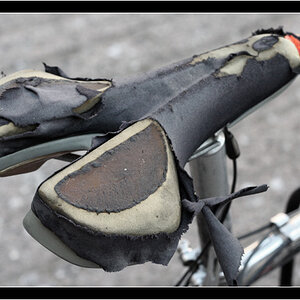
![[No title]](/data/xfmg/thumbnail/37/37492-bafc92488a1ab17e4ca6603ee5b38376.jpg?1619738112)
![[No title]](/data/xfmg/thumbnail/30/30988-aef3845b94a67d6dcce6e4e59d5d66c3.jpg?1619734553)
